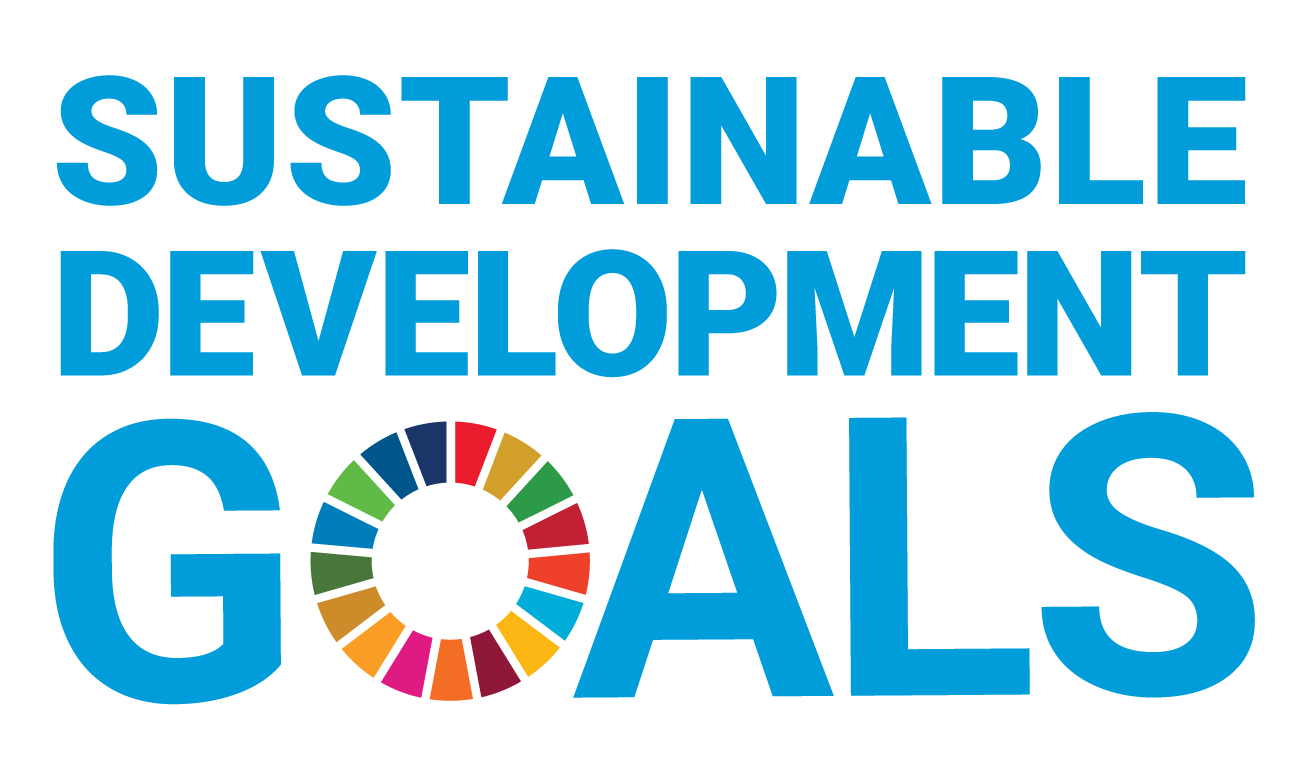Helping Children Reach their Potential
You can search for courses, events, people, and anything else.
Through an open-ended project observing children’s interaction with nature, researchers are taking leads for a new style of education.
The project is about broadening literacy skills and fostering a sustainability mindset in early-childhood education. “The children of the 21st century live in the time of climate change – the question is, how can we develop powerful teaching methods that prepare these children for the unexpected?” asks chief investigator, Professor Margaret Somerville, of Western Sydney University’s School of Education.
In the earliest phase of the project, the researchers — Somerville, Tessa McGavock from the WSU Early Learning Centre, and Dr Sarah Powell from Macquarie University — took photos and videos of children during their everyday play with nature. Unlike the adults children would usually encounter, the researchers did not instruct or educate. Instead, the adults participated in child-directed play and closely observed the children. “The process was child-led and very much about making discoveries along the way,” says Powell.
Through this, the researchers identified seven categories of child’s play which they named: 1) becoming animal; 2) movement, gesture, mime and performance; 3) artefacts and imaginative play; 4) naming bodies, naming self; 5) drumming, singing, dancing, rhythm; 6) bodily immersion in elements; and 7) becoming plant.
Educators at a day-care centre in western Sydney then brainstormed how they might develop creative pedagogical responses to these categories. One such project, What we can see outside, based a range of learning experiences around the observation of “birdies” by zero to three-year-old children. The toddlers learned songs, colours, textures, movement, co-operation, communication, reading, painting, among other skills, through their construction of a bird-bath and repeated engagement with the birds who visited.
The project improved important developmental skills for the children, while deepening their understanding of sustainability and nature more generally.
The idea has expanded to find global connections with a project that involved exchanging regular stories about nature with a Finnish school. This served to deepen the children’s mutual understanding of national differences and exposed them to novelty. “There’s so much potential to recreate the terms that young children learn under. They learn so much when we just let them be,” says Somerville.
Need to know
- Western researchers sought to broaden literacy skills and foster a sustainability mindset in early childhood education.
- They identified seven categories of child’s play, and brainstormed pedagogical responses.
Meet the Academic | Professor Margaret Somerville
Margaret Somerville is Professor of Education and the Director of the Centre for Educational Research in the School of Education University of Western Sydney. She is also the Chair of the Greater Western Sydney chapter of the United Nations Regional Centre of Expertise on Education for Sustainable Development (one of only four in Australia).
She is currenlty researching and teaching doctoral students in the areas of place and sustainability education and professional learning/organizational development. Margaret is able to connect these fields of research through new theories of space, place and body and adapting her expertise in creative methodologies within the post-human paradigm that link the physical and social sciences, humanities and creative arts.
Related Articles
Credit
This research was supported by the Australian Government through the Australian Research Council.
© Johnny Mclung/unsplash
Future-Makers is published for Western Sydney University by Nature Research Custom Media, part of Springer Nature.







